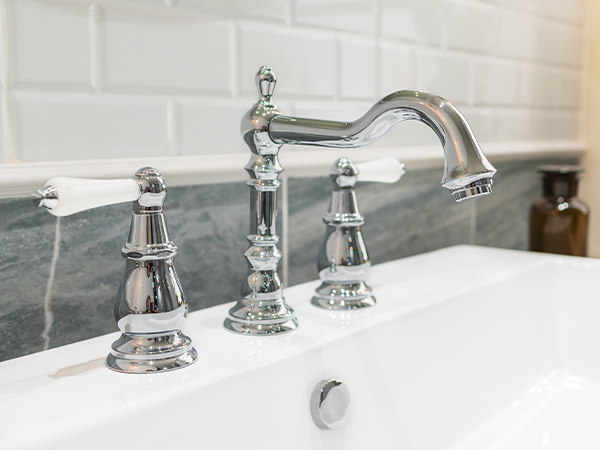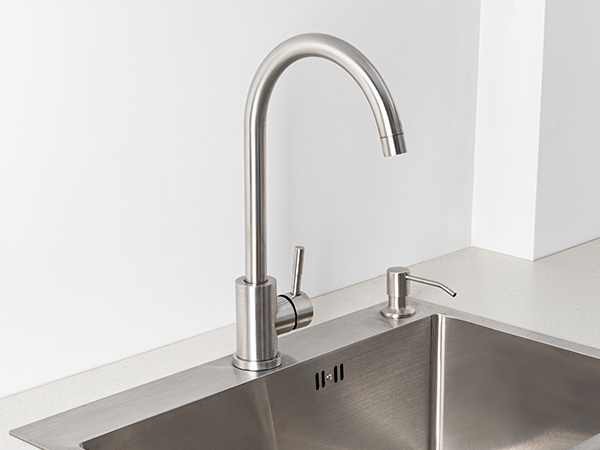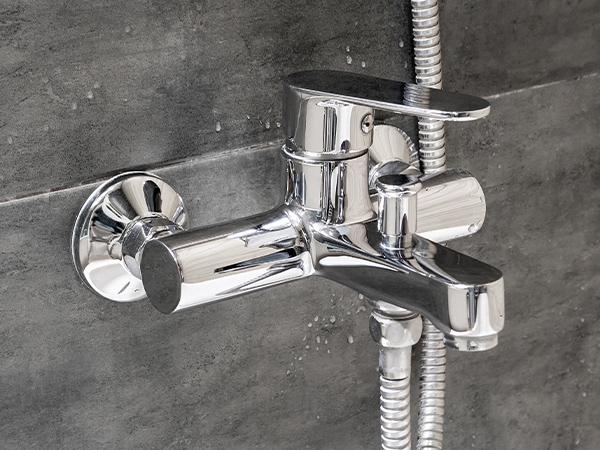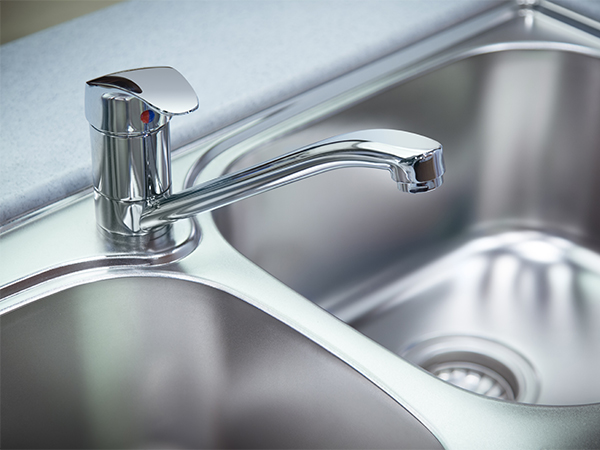

Take Care of That Dripping Faucet!
That constant dripping faucet! Other than being annoying, that dripping is running up your water bill and wasting water. Fortunately, most dripping faucets are easy to diagnose and fix with simple tools. Here’s how to fix a dripping faucet with some tips and tricks of the trade.
Where Leaks and Drips Happen
Faucets and sinks leak in several different places:
- From the spout. This is the most common type of leak. The dripping typically will start small and gradually get worse. If you suspect there’s a leak, place a container under the spout and come back in about an hour. If there’s water, you have a leak. For fixes for various types of faucets, see our guide below.
- From the base of the faucet. These leaks cause a puddle of water to form around the base of the faucet. The most likely culprit is the O-ring that seals the faucet against water.
- From under the sink. These leaks can be very damaging if left unchecked. A water supply, sink drain, or p-trap connection could be loose. Sometimes, all a fitting needs is to be tightened, but in some cases may need to be replaced.
How Much Water Are You Wasting?
It’s important to catch leaks as soon as possible. Even a slow drip can waste a lot of water and run up your utility bill. Don’t believe that a tiny leak could do that? Use our calculator to determine just how much that leak is costing you.
Calculate wasted water from a slow drip:
Getting Started
We will be focusing on fixing the most common leaks from the spout. There are four different types of faucets you could be dealing with:
- Cartridge. A compression stem is in both handles of this double-handle faucet design. Typically, in utility sinks, these faucets must be pressed down to turn off the water.
- Ceramic Disc. These are single-handle faucets that are connected to a cylindrical body with ceramic discs at the bottom that control the flow of water.
- Compression. These are very common bathroom double-handle faucets. Low-maintenance cartridges are in each handle that control the flow of water.
- Ball Type. This is most likely what your kitchen sink faucet is. The faucet handle moves over a ball base to control the flow and temperature.
Tools
Besides some replacement parts that could be necessary (most are sold in kits), the tools needed for this fix are probably some you already have in your toolbox:
- Wrench (type of faucet will determine type)
- Screwdriver (type of faucet will determine type)
- Hex Key (type of faucet will determine type)
- Needle Nose Pliers (if you need to grab something small)
- Pick Tool (to help fish out small parts)
- Plumber's Grease (helps to prolong the life of the small parts in your faucet)
Steps to Prep Your Work Area
- Shut off the water. This is done under the sink at the angle stop. Turn it to the right. If you are working with a double-handle faucet (one for hot and one for cold), there will be two angle stops. Try turning off one and then the other to help determine which side is leaking.
- Place a towel in the sink to catch any parts that could fall down the drain (don’t add another problem to your list!)
- You can tape the jaws on your wrench with masking tape or painter’s tape to help avoid scratching your faucet. It will still give you the grip you need.
- While you’re at it, if you need to clean any mineral deposits, such as in the aerator in the mouth of the faucet, grab a bowl filled with white vinegar and hot water. These parts can sit in the solution for five minutes and then wiped down. This will help keep your water flowing smoothly.
Steps to Fix that Drip
Note: These instructions are for faucets typically found in the kitchen, bath, or utility sinks. However, instructions could be different depending on the type or brand you have. Always read the manufacturer’s information before replacement of any part.

Cartridge Faucet

- Pull off the decorative cap and unscrew the handle (you might need a hex key). Afterwards, you will be able to easily pull the handle off.
- Remove the packing nut or retaining clip with either a wrench or needle-nose pliers and pull out the cartridge.
- Replace the whole cartridge if it looks worn or old. Apply plumber’s grease on the new cartridge before replacing. You will have to match the correct size- don’t worry, our friendly store employees are great at this matching game!
- After the replacements are made, reassemble the faucet by putting everything back together in reverse order (don’t tighten down the packing nut too tightly).

Ceramic-Disk Faucet

- Push the handle back and unscrew it from the base.
- Take off the escutcheon cap (the decorative plate), unscrew the cylinder and remove.
- With your pick tool, remove the washers and replace them if damaged. Typically, the ceramic disk will not need replacement. However, it can be replaced easily but simply pulling it out and securing in a new one.
- Now is a good time to clean any of the parts with vinegar and water.
- Replace everything in reverse order and turn the water back on slowly.

Compression Faucet

- Start by removing the decorative cap and unscrewing the handle.
- Use a wrench to remove the packing nut and loosen the stem. You might need different types of wrenches for this project like adjustable or crescent.
- At the bottom of the stem, remove the screw, gasket/washer, and O-ring. Replace the O-ring, gasket, and washer, coating them first in plumber’s grease.
- If the stem or the valve seat (in the base of the faucet) looks damaged, it’s easiest to replace it. You will need a seat wrench to replace the valve seat.
- Install everything back together in reverse order.

Ball-Type Faucet

- Remove the screw cover (this could be where the hot and cold temperatures are marked or where a logo is). Underneath the cover, use a hex key or screwdriver to remove the handle.
- Remove the adjusting ring with some needle-nose pliers and unscrew the cap with pliers.
- You will now see the cam (helps control the handle), packing/washer, and ball. Remove all three.
- Remove the rubber seats and springs (needle-nose pliers should work).
- You will need a replacement kit for a ball-type faucet. This will vary by brand. Your new kit will have new seats and springs for you to install.
- You can also replace the entire ball if need be (if the sink is still leaking). Make sure to align it correctly with the rubber seats. There will be a pin with a slot to help guide you.
- It is also best to replace the cam and washer on top of the ball.
- Replace the packing/washer over the ball and the cam by aligning the tab to the slot.
- Screw the cap back on gently. You might have to hold the ball lever and cam in place.
- Then, the screw adjusting ring and handle back on.
Ready to get started? Shop online or head over to your local McCoy’s to quickly pick up what you need to get that leak fixed!
